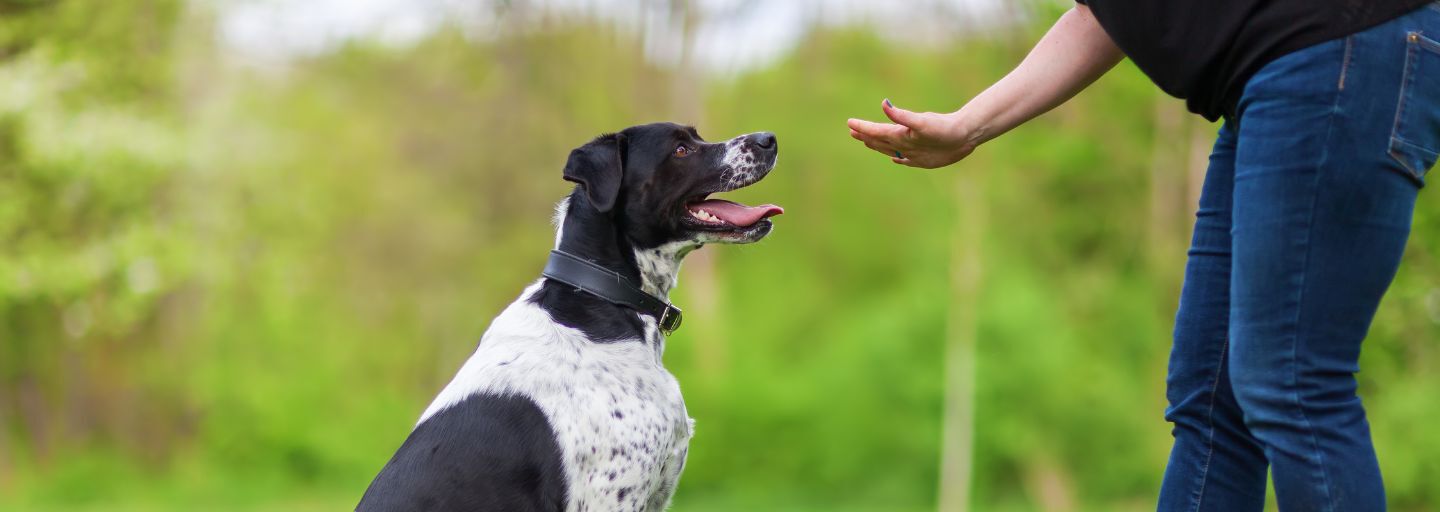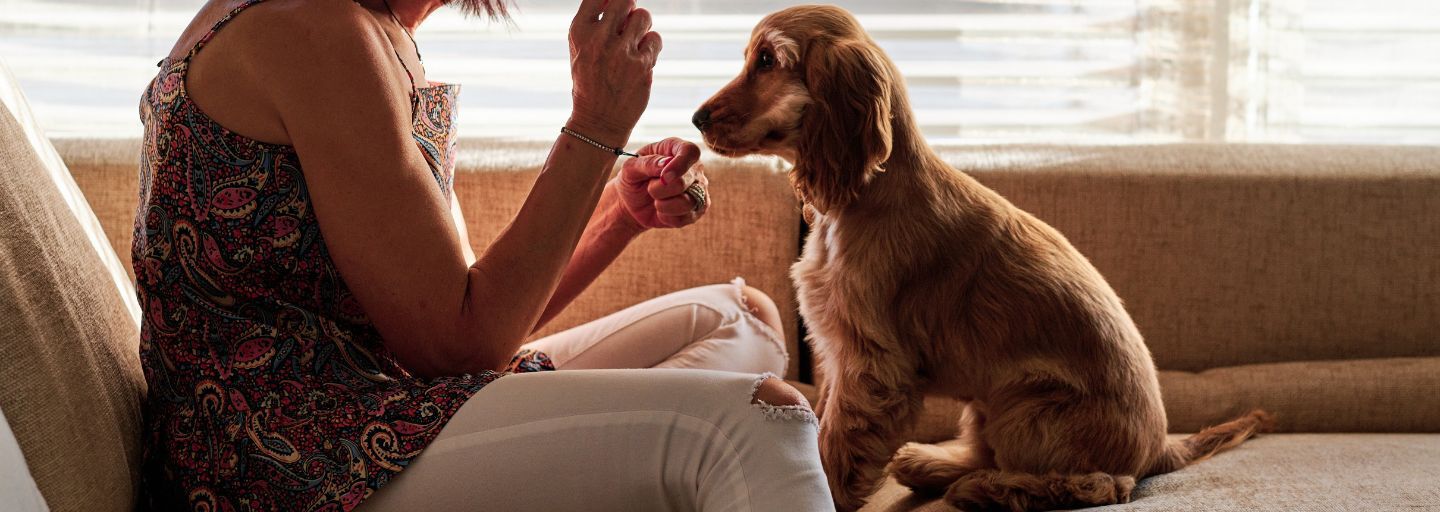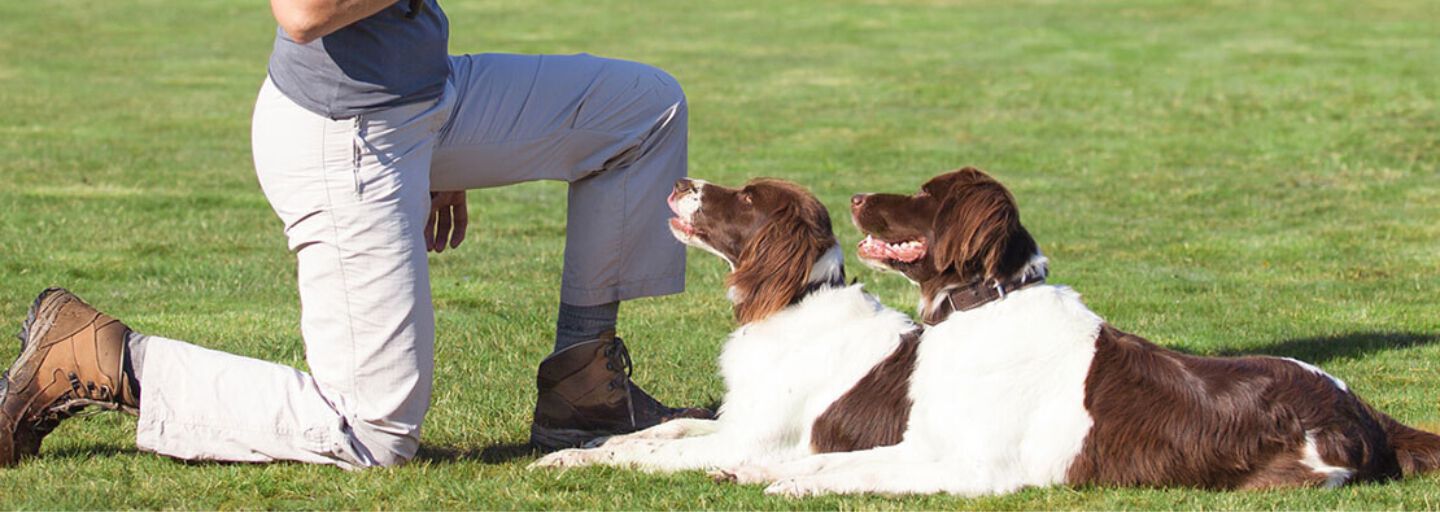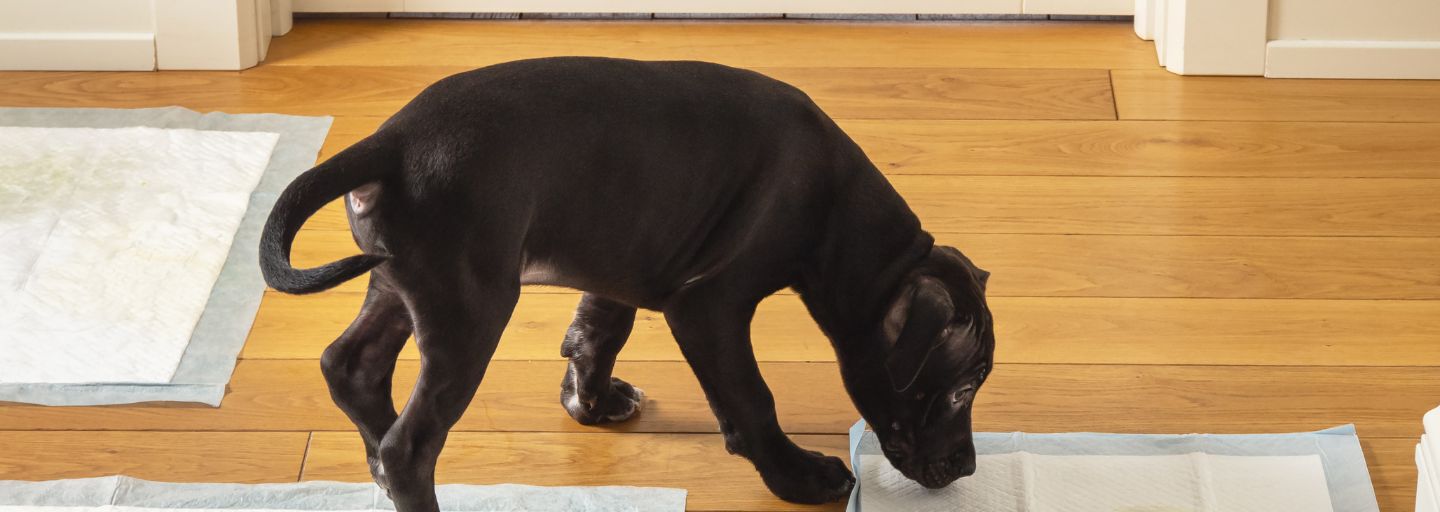Teaching your puppy the seven basic commands is an essential step toward ensuring a harmonious and stress-free life for both of you.
Start Your Puppy Young
Training your puppy can be an enjoyable and rewarding experience. Dogs are quick learners who look to you for guidance, making training a great opportunity to strengthen your bond. The fundamental commands—“Come,” “Sit,” “Stay,” “No,” “Down,” “Leave it,” and “Off”—are crucial for shaping a well-behaved canine companion. A reliably trained dog is less likely to stray and will navigate the world with confidence and ease.
Puppies are particularly eager to learn, so as soon as your new furry friend arrives home, it’s time to start training. There is a common misconception that you must wait until a puppy is six months old before beginning training; in fact, the earlier you start, the better! Puppies are like sponges, absorbing everything you teach them, and they thrive on positive reinforcement.
The Importance of Basic Commands
Mastering basic commands lays the foundation for more advanced training and helps ensure your puppy’s safety. For instance, teaching “Come” can prevent your dog from running into dangerous situations, while “Leave it” can stop them from picking up harmful objects. Each command serves a purpose, contributing to your puppy's overall well-being and behavior.
Clicker Training Your Puppy
Clicker training is an effective method that many dog trainers and owners use. A clicker is a small plastic device that fits comfortably in your hand and makes a distinct clicking sound when pressed. Here's how to get started with clicker training:
- Get Your Treats Ready: Gather a dozen small, tasty treats that your puppy loves.
- Introduce the Clicker: Begin by giving your puppy a treat one by one, with a short pause in between. At the exact moment your puppy takes a treat, click the clicker.
- Build the Connection: Your puppy will soon learn that the sound of the clicker means a treat is coming. The click serves as a “yes” marker, indicating that they have performed the desired action.
- Practice Regularly: Incorporate clicker training into your sessions, but remember that the exercises can also be done without a clicker.
Training Rules for Success
To ensure effective training, keep these guidelines in mind:
- Short Sessions: Puppies have short attention spans. It’s more effective to conduct six five-minute sessions throughout the day than one longer session.
- Positive Mindset: Only train when you are in a good mood. Your attitude can influence your puppy’s response, so avoid training during stressful times.
- End on a High Note: Always conclude training sessions with a command your puppy can easily perform. This leaves both you and your puppy feeling accomplished.
- Minimize Distractions: Start training in a quiet environment to help your puppy focus. Once they master the commands, gradually introduce distractions to reinforce their learning.
- Reward-Based Training: Always use positive reinforcement, such as treats, toys, or praise. Avoid negative or punitive methods, as they can harm your puppy's trust and confidence. Tools like head collars can provide better control without causing injury.
- Bonding Opportunity: Training is not just about commands; it’s an excellent way to bond with your puppy and build a strong, healthy relationship.
Additional Tips for Puppy Training
- Socialization: Along with basic commands, expose your puppy to various environments, people, and other pets. Socialization is crucial for developing a well-adjusted dog.
- Consistency is Key: Use the same words and gestures for commands to avoid confusing your puppy. Consistency helps reinforce learning.
- Patience and Persistence: Every puppy learns at their own pace. Be patient and persistent, and celebrate small victories along the way.
By investing time in training your puppy, you are not only teaching them essential commands but also fostering a lasting bond that will enrich both your lives. For more detailed or advanced training advice, consider reaching out to a professional trainer, watching training video on YouTube, or exploring the many informative books available on the subject.







